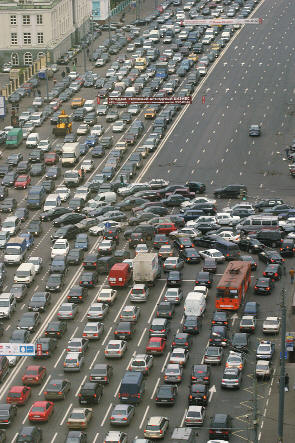M Paquette
Moderator Emeritus
Regarding Asimov's Three Laws of Robotics:
Just bear in mind that he wrote these not as an ideal for all robotics systems to implement, but as an interesting basis to write some really nifty 'locked room' mysteries, the 'how-dun-it' stories of his Robot series that played with ambiguities.
For fun, take a look at Sally.
- A robot may not injure a human being or, through inaction, allow a human being to come to harm.
- A robot must obey the orders given to it by human beings, except where such orders would conflict with the First Law.
- A robot must protect its own existence as long as such protection does not conflict with the First or Second Law.
Just bear in mind that he wrote these not as an ideal for all robotics systems to implement, but as an interesting basis to write some really nifty 'locked room' mysteries, the 'how-dun-it' stories of his Robot series that played with ambiguities.
For fun, take a look at Sally.


